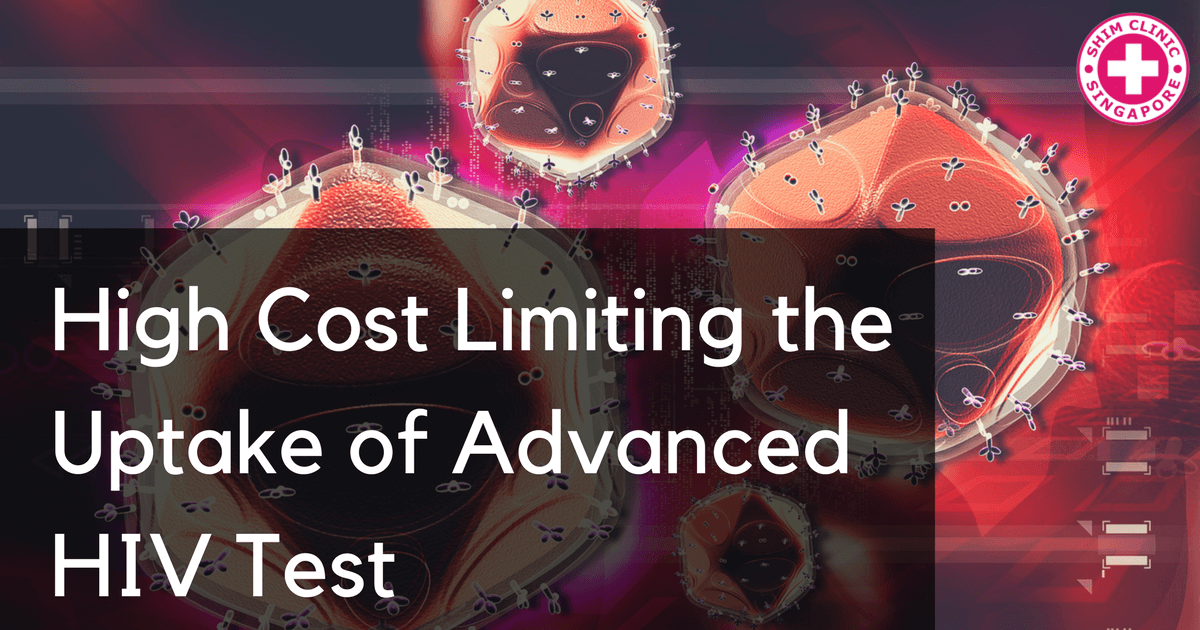The focus on HIV has led to the improvement of HIV tests. There have also been a number of campaigns encouraging people to test for HIV with the belief that increase in HIV testing reduces the number of HIV transmissions.
There are a number of methods available to test currently with the most common being the HIV antibody test. However, a new more advanced method of HIV testing has been developed, Nucleic Acid Amplification Testing (NAAT) is now being used in a few countries in the world.
What is the Nucleic Acid Amplification Test?
This is a molecular method for screening blood donations to decrease the danger of transfusion-transmitted infections. The technique has been in existence for more than 2 decades and was first introduced to developed countries in the late 1990s and early 2000s.
How does it Work?
NAAT works by amplifying targeted regions of DNA and detecting them earlier than other screening tests do, therefore saving time. This makes it highly sensitive and specific in nature. Also, the fact that the test makes it possible to detect infections early reduces the window period in which an individual may test negative for HIV but may have already been infected. Getting the accurate results early enables those who are HIV positive to access healthcare services earlier for the management of the infection.
Again, early diagnosis enables those who are HIV positive to access anti-HIV treatment before their immune systems have been damaged too much by the infection. Early detection of HIV can help prevent new infections by allowing newly HIV positive people to make more informed decisions, particularly on their sexual patterns thus reducing transmission rates.
In addition, the test is helpful in resolving false reactive donations on serological methods which is important for donor notification and counselling.
Use of NAAT Around the Globe
Germany was the first country to use NAAT in 1997 for the screening of blood samples. To date, 33 countries use NAAT for HIV and another 27 use it for hepatitis B virus (HBV). In India, the test is yet to be implemented by the government citing challenges in cost and lack of technical expertise in handling the test. This is despite the fact that the country has a high prevalence of transfusion transmitted infections which could be reduced by NAAT. Additionally, NAAT requires dedicated infrastructure facility, equipment, and consumables for successful implementation.
The prerequisite for NAAT is determined by the frequency and incidence rate of infections in blood donor population, availability of resources and the proof of value added when put together with serology tests.
Despite the FDA giving the approval for use of the technique in 2002, the government of India says that it is ready to start NAAT in government clinics but ask for assistance for installation of the testing device further delaying the accurate and sensitive technique to be used in the country.
For countries that have the financial capability and the expertise to implement the use of NAAT, they should consider using the HIV testing method soon as it is proven to reduce the number of HIV infections among other advantages mentioned above.

